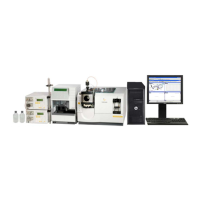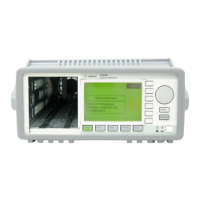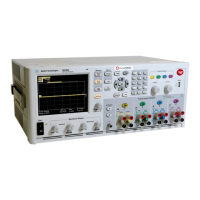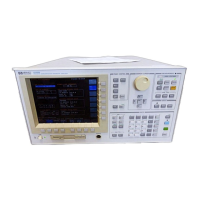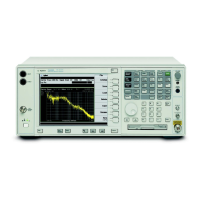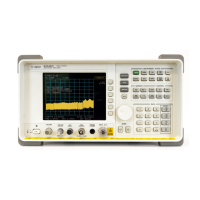CALCulate[1|2|3|4]:LIMit:UPPer:SEGMent command/query
Defines the upper limit as a series of line segments in the specified display.
Command Syntax: CALCulate:LIMit:UPPer:SEGMent <BLOCK>
When data is ASCII-encoded, (FORMat:DATA ASCii) <BLOCK> take the following form:
<BLOCK> ::= <segment>[,<segment>...]
<segment> ::= <start_X-axis_value>, <start_Y- axis_value>
<stop_X-axis_value>, <stop_Y-axis_value>
When data is binary-encoded, (FORMat:DATA REAL) <BLOCK> take the following form:
<BLOCK> ::= #<byte>[<length_bytes>]<segment> [<segment>...]
<byte> ::= one ASCII-encoded byte specifying the number
of length bytes to follow
<length_bytes> ::= ASCII-encoded bytes specifying the number
of data bytes to follow
<segment> ::= <start_X-axis_value>, <start_Y- axis_value>
<stop_X-axis_value>, <stop_Y-axis_value>
The following definitions apply to both ASCII- and binary-encoded data.
<start_X-axis_value> ::= a real number
limits: -9.9e+37 : 9.9e+37
<start_Y-axis_value> ::= a real number
limits: -9.9e+37 : 9.9e+37
<stop_X-axis_value> ::= a real number
limits: -9.9e+37 : 9.9e+37
<stop_Y-axis_value> ::= a real number
limits: -9.9e+37 : 9.9e+37
Example Statements: OUTPUT 711;"calc2:lim:upper:segm 10, 2, 100, 3"
OUTPUT 711;"Calc:Lim:Upp:Segment 20000, -5, 3000, -5,
80000, -2, 90000,-2"
Query Syntax: CALCulate[1|2|3|4]:LIMit:UPPer:SEGMent?
Return Format: definite length <BLOCK>
Attribute Summary: Option: not applicable
Synchronization Required: no
Preset State: not affected by Preset
SCPI Compliance: instrument-specific
CALCulate
6-48
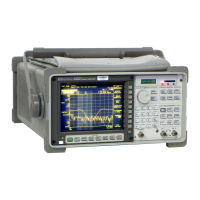
